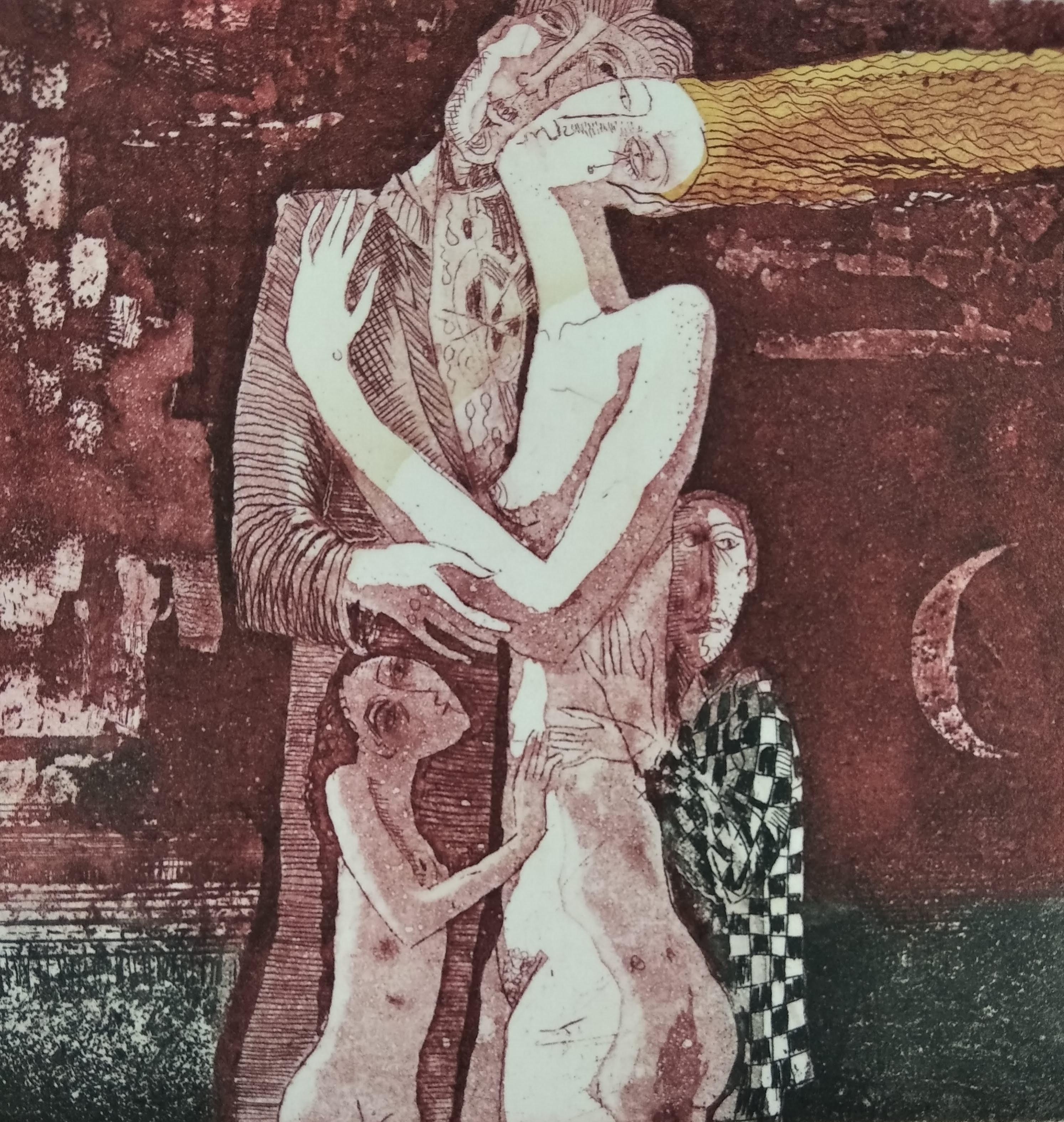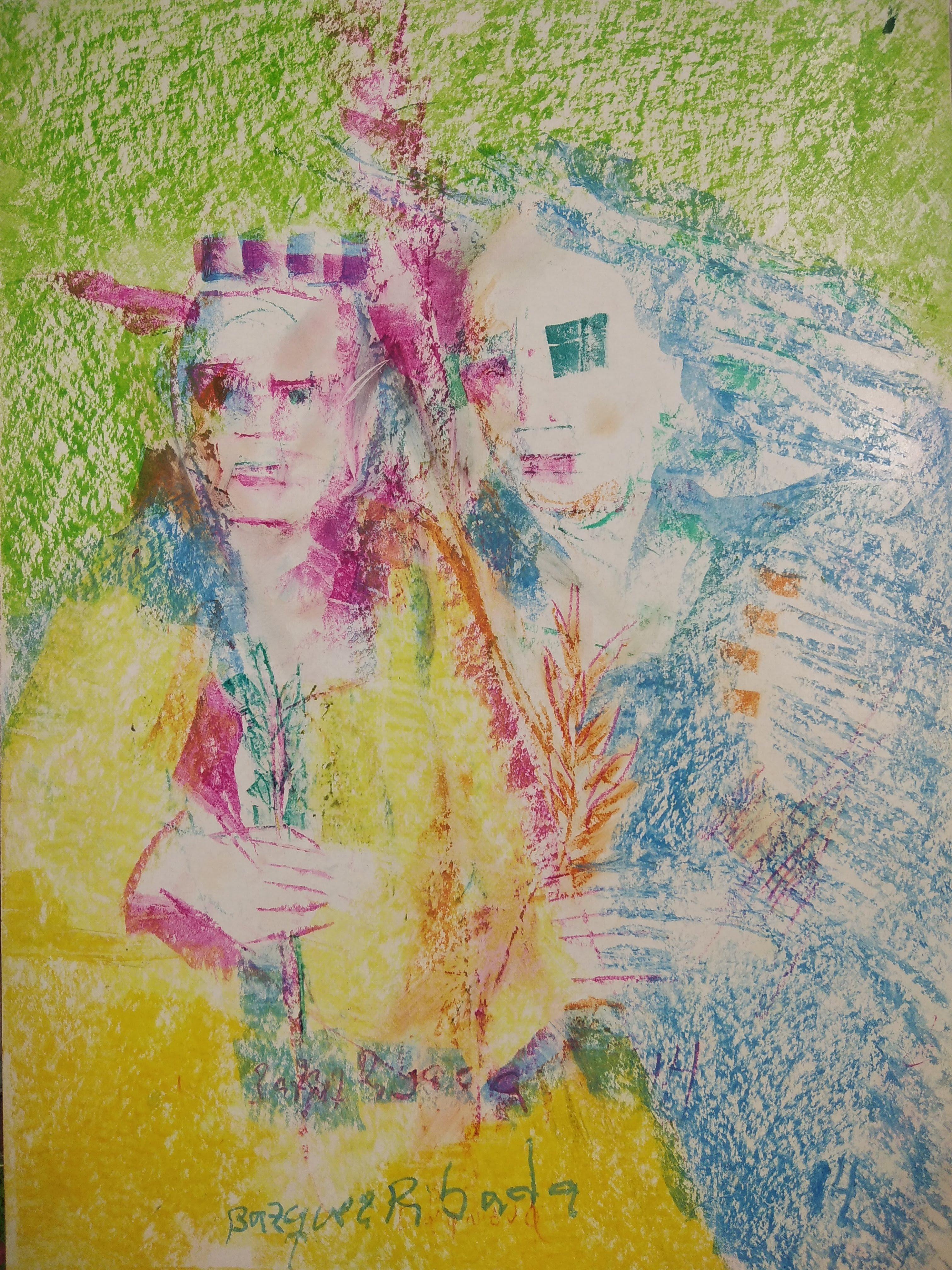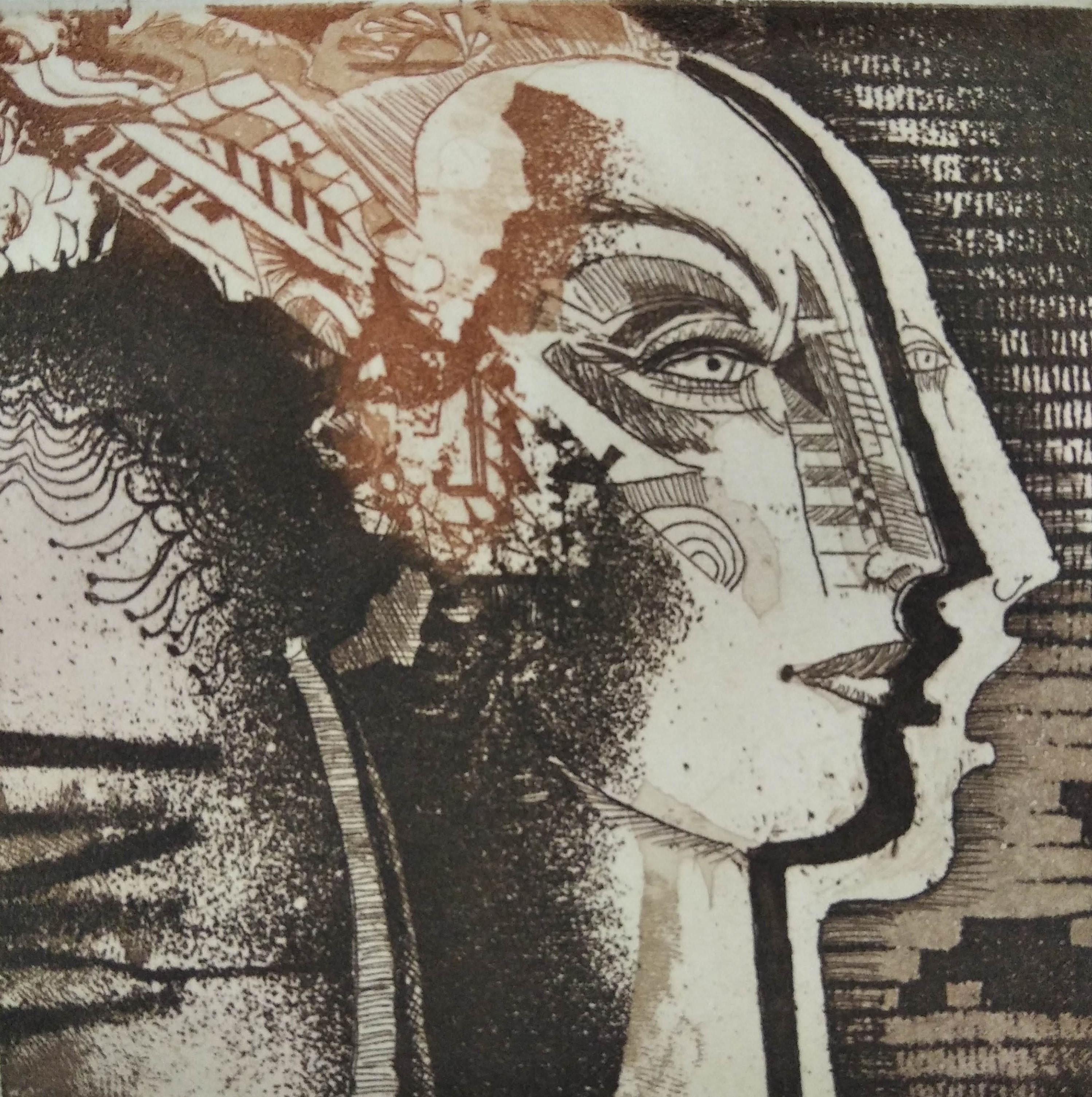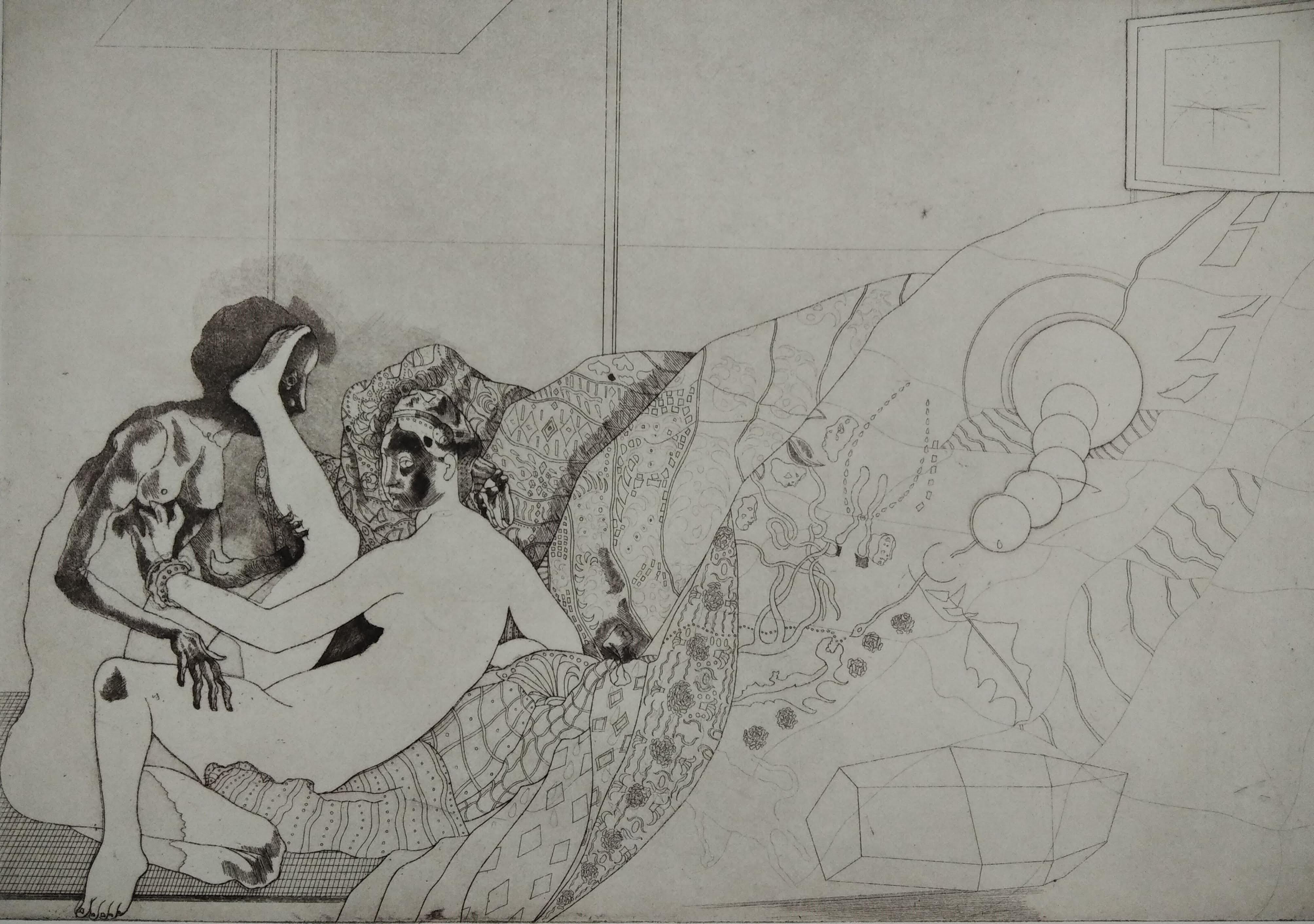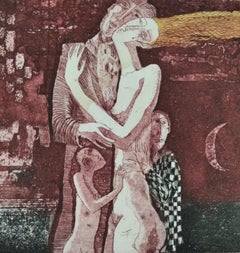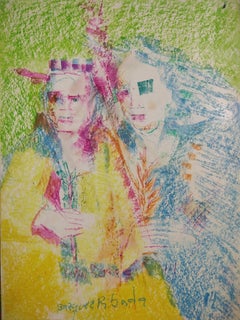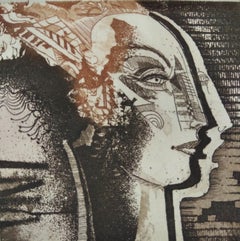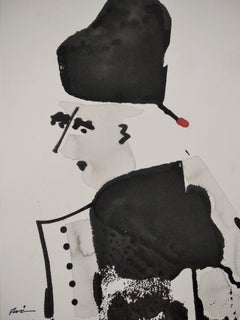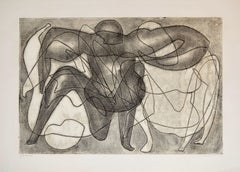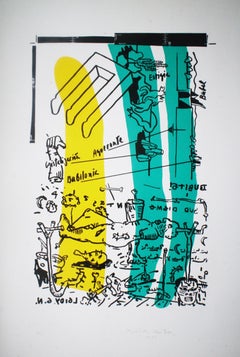Want more images or videos?
Request additional images or videos from the seller
1 of 13
Otto CavalcantiUntitled1980
1980
$470.78
£359.64
€400
CA$663.36
A$730.42
CHF 378.75
MX$8,650.16
NOK 4,808.04
SEK 4,493.66
DKK 3,047.28
About the Item
The painting is being offered with a work and authenticity certificate
- Creator:Otto Cavalcanti (1952, Brazilian)
- Creation Year:1980
- Dimensions:Height: 18.12 in (46 cm)Width: 12.6 in (32 cm)Depth: 0.04 in (1 mm)
- More Editions & Sizes:Edition of 75Price: $471
- Medium:
- Movement & Style:
- Period:
- Condition:
- Gallery Location:Barcelona, ES
- Reference Number:1stDibs: LU1787212672812
About the Seller
5.0
Vetted Professional Seller
Every seller passes strict standards for authenticity and reliability
Established in 2003
1stDibs seller since 2022
16 sales on 1stDibs
Typical response time: 8 hours
- ShippingRetrieving quote...Shipping from: Barcelona, Spain
- Return Policy
More From This Seller
View AllUntitled
Located in Barcelona, BARCELONA
Includes a Certificate of Authenticity
Category
1990s Post-Modern Portrait Prints
Materials
Engraving
Untitled
Located in Barcelona, BARCELONA
The painting is being offered with a work and authenticity certificate
Category
2010s Conceptual Figurative Paintings
Materials
Mixed Media
Untitled
Located in Barcelona, BARCELONA
Includes a Certificate of Authenticity
Category
1990s Post-Modern Portrait Prints
Materials
Engraving
Untitled
Located in Barcelona, BARCELONA
The painting is being offered with a work and authenticity certificate
Category
2010s Modern Figurative Paintings
Materials
Paper, Ink
Untitled
By Jorge Castillo
Located in Barcelona, BARCELONA
the painting is being offered with a work and authenticity certificate
Category
1970s Conceptual Figurative Prints
Materials
Engraving
Untitled
Located in Barcelona, BARCELONA
The painting is being offered with a work and authenticity certificate
Category
2010s Conceptual Figurative Paintings
Materials
Mixed Media
You May Also Like
Untitled II
By Alvar Sunol Munoz-Ramos
Located in San Francisco, CA
This artwork "Untitled II" is an original color lithograph with embossing by noted Spanish artist Alvar Sunol Munoz Ramos, b.1935. It is hand signed and numbered 101/260 in pencil by...
Category
Late 20th Century Modern Figurative Prints
Materials
Lithograph
Pastourelle
Located in San Francisco, CA
This artwork titled "Pastourelle" c.1990 is a color etching and aquatint by French artist Charlotte Reine, b.1956. It is hand signed, titled and number...
Category
Late 20th Century Modern Figurative Prints
Materials
Etching, Aquatint
Estate No. 063062
By Otto Neumann
Located in New Orleans, LA
Otto Neumann (1895-1975) was an expressionist painter and printmaker born in Heidelberg, Germany. He was one of the most versatile and original artists of the twentieth century. Neum...
Category
1960s Expressionist Figurative Prints
Materials
Monotype
Untitled
Located in New York, NY
collaboration with Gonzalo Diaz
limited edition unknown count.
Category
1980s Contemporary Figurative Prints
Materials
Screen
Estate No. 054047
By Otto Neumann
Located in New Orleans, LA
Otto Neumann (1895-1975) was a German Expressionist painter and printmaker. His monotypes evolved from sharp, angular, black and whites to late abstract prints in a variety of colors. Neumann lived through revolutionary changes in the art world of prewar and postwar Germany. He was a prolific artist in Germany during a time of the country’s unprecedented academic and intellectual growth. His early work shows the influence of both French masters like Cezanne and the contemporary style that was then being developed by German Expressionists like Kirchner. A master printmaker, Neumann was also inspired by the works of Albrecht Durer, whose allegorical subject-matter and unmatched drawing technique Neumann would emulate throughout his career. A lifetime preoccupation with the human figure informs his work, with frieze-like human figures recalling ancient Greek art...
Category
1960s Expressionist Abstract Prints
Materials
Monotype
untitled, original
By Paul Colin
Located in Belgrade, MT
This piece is a limited edition, pencil signed by the artist on the print and in the plate. It is part of my private collection of artists from the School of Paris era. It is in very...
Category
Mid-20th Century Surrealist Figurative Prints
Materials
Engraving, Lithograph
$680 Sale Price
20% Off
More Ways To Browse
Picasso Toro Y Toreros 1959
Pierre Auguste Renoir Le Chapeau Epingle
Pope Innocent
Renoir Chapeau Epingle
Robert Kasimir Etchings
Romare Bearden Jazz Series
Roy Lichtenstein Signed Lithograph
Salvador Dali Paradise
Salvador Dali Signed Prints Don Quixote
Salvador Dali Untitled
Shepard Fairey Power
Signed Leroy Neiman Wall Street
Signed Queen Elizabeth
Stanislao Lepri
The Fables Chagall
Vintage Berry Picker
Abraham Bloemaert
African Woodcut
